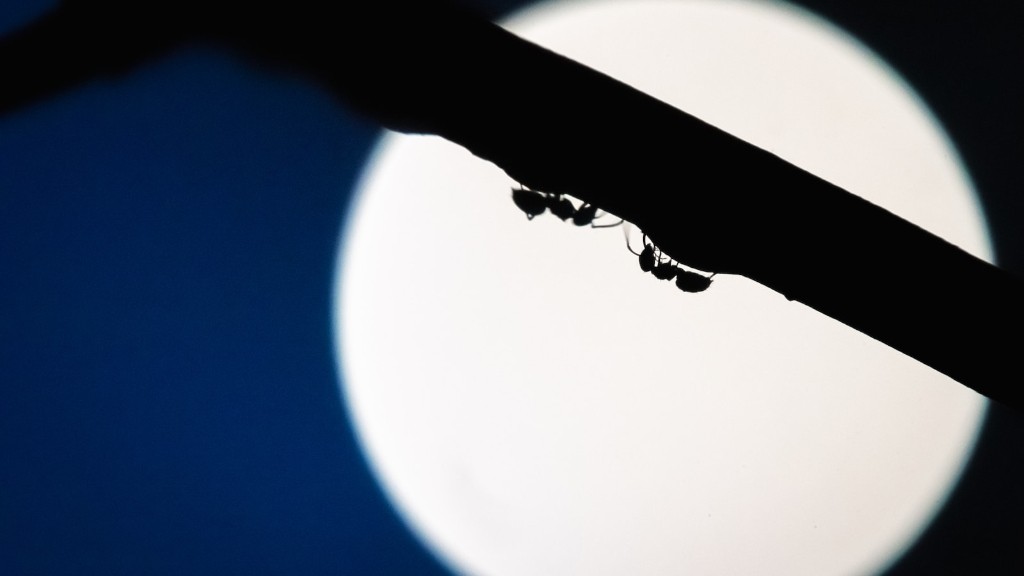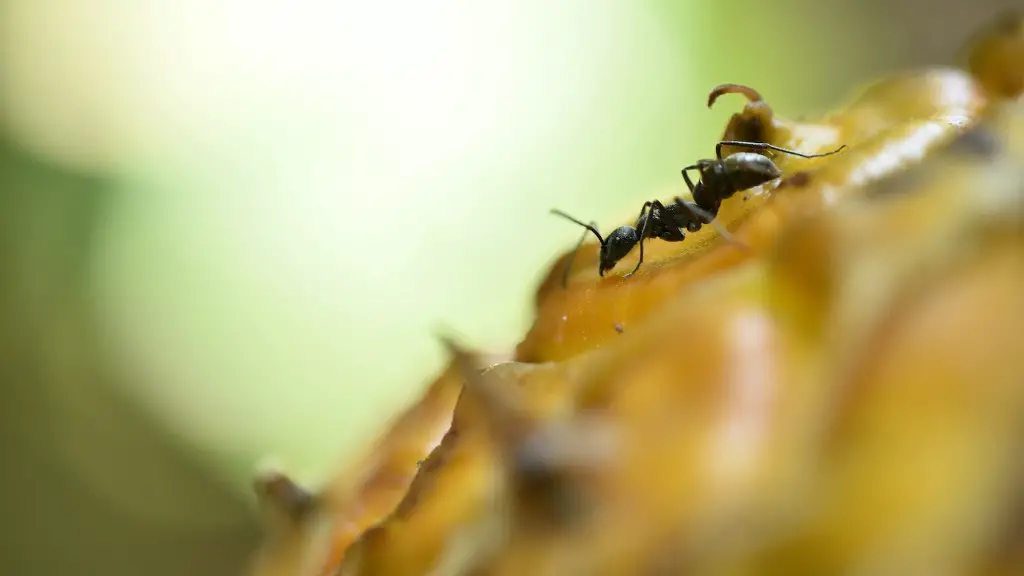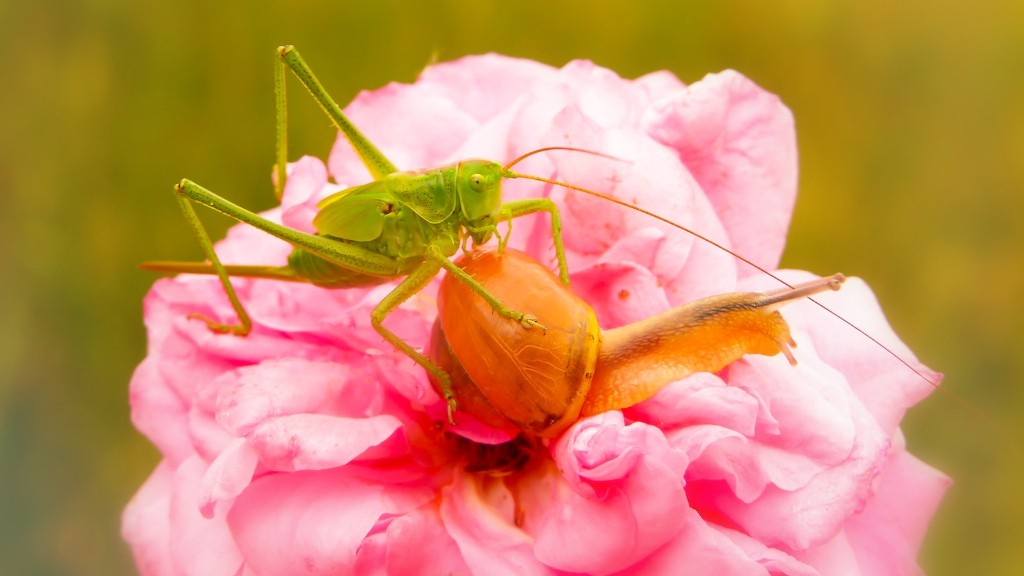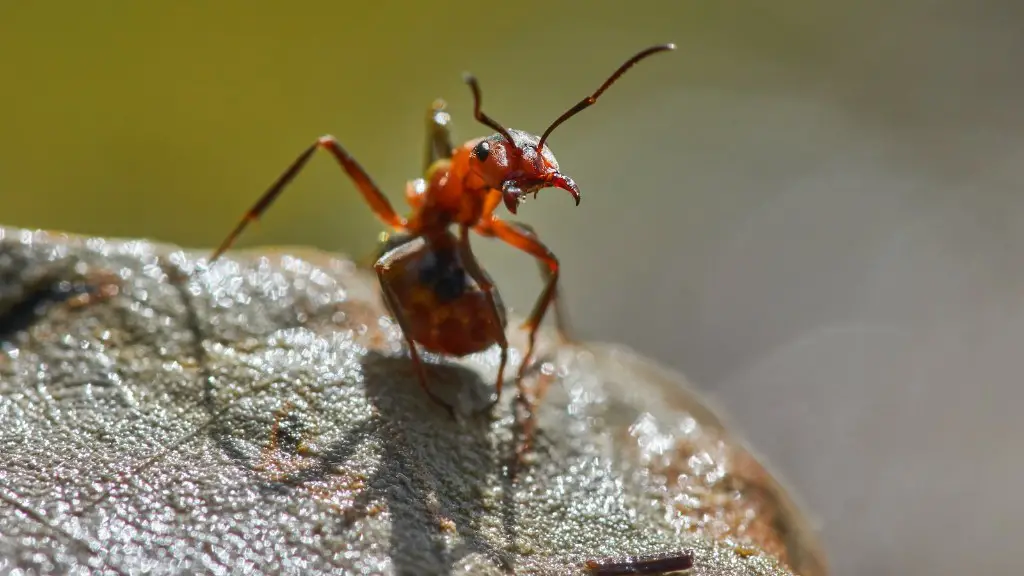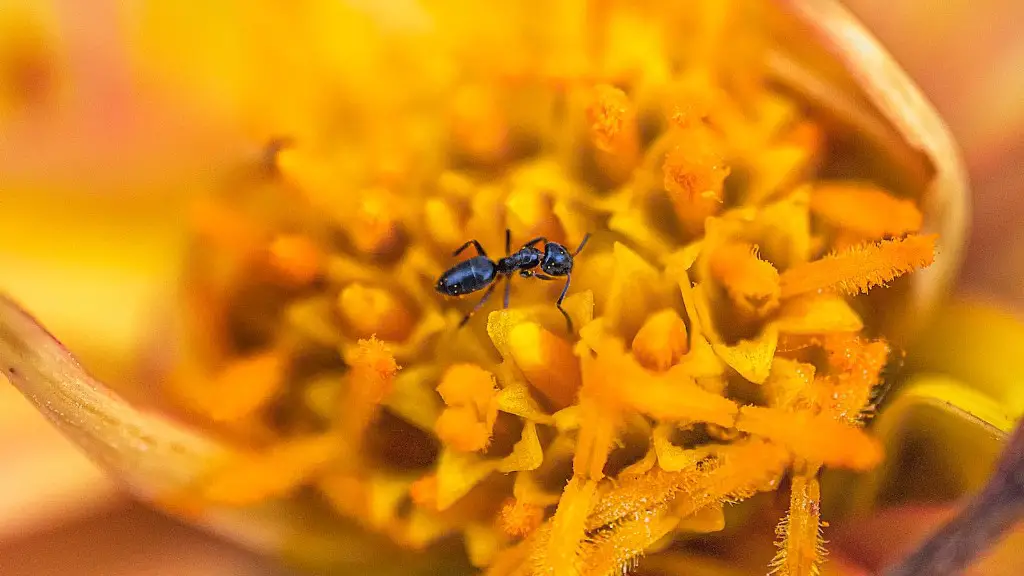Ants are one of the oldest living insect groups on earth, with fossil records dating back over a hundred million years. Ants have been around for so long because they have evolved to live in complex social structures and form complex galleries within their nests. Put simply, ants are tiny organisms that belong to the order Hymenoptera, making them related to bees and wasps.
Ants evolved into social creatures when they started living in groups. They are now one of the most successful animals on the planet, with an estimated 12,000 species found in almost every habitat. Ants have a variety of work roles within their colony, such as soldiers, scouts, and workers.
Aggregation pheromones are chemicals secreted from specialized exocrine glands to attract other ants. These pheromones are used for communication within a colony and for foraging, nest marking, and defence. Ants also use chemical signals to recruit other ants to help with heavy tasks, such as foraging for food and nesting.
Ants exhibit complex behaviour, with some species being able to produce sounds, respond to vibrations, and even become guards of aphids to ward off other predators. Although ants range in size from 0.5 to 5 mm, they have one of the most sophisticated visual systems of any insect. Ants use vision to locate food and communicate with each other.
Ants have an internal social structure, with a queen and a number of workers, depending on the species. The queen is the only ant capable of producing eggs, while the workers feed the queen and help maintain the colony. Queens can live up to seven years, while workers only have a life span of one to three years.
The order Hymenoptera also includes bees, wasps, and sawflies. All Hymenopterans are eusocial, meaning they live in colonies and share parental care. Hymenopterans also exhibit complex behaviours such as cooperative hunting, defensive strategies, and communication between colonies. This order of insects is the most successful of insect orders.
So, what order are ants in? The answer is Hymenoptera! Out of the 12,000 species of ants, most of them belong to this large order of insects. Ants are a successful species due to their social behaviour, communication, and internal social structure. Despite their small size, ants are capable of exhibiting complex behaviour and have been successful enough to survive for millions of years.
Discussion on Ant Social Structure
Ants are capable of forming complex societies with well-defined hierarchies, depending on the species. Examples of ant social structures include polygyny, polydomy, and monodomy. In polydomy, the colony is divided into multiple sub-colonies, each with its own queen, while in polygyny, multiple queens rule a single colony. Monodomy is the most common type of colony structure, with a single queen and well-defined worker caste hierarchy.
In a typical ant colony, there are three distinct types of adult ants; queens, workers, and drones. Queens are responsible for laying eggs in order to create a new colony. Workers’ tasks vary depending on the species but they are usually responsible for feeding the queen, taking care of the larvae, and defending the nest. Males, or drones, are responsible for reproduction.
The social structures of ants can be quite complex, with a single colony often comprising tens of thousands of individuals. Ants are capable of forming cooperative relationships, helping to gather food and protect the nest from predators. This cooperation is facilitated by sophisticated communication signals, including pheromones and tactile signals.
Recent studies have revealed that many ant species are able to recognize nestmates from non-nestmates. This recognition is based on chemical signals and is used to determine who is part of the colony and who is an intruder. In addition, ant colonies exhibit remarkable decision-making capabilities, with the ability to select optimum paths for foraging and migrations.
Impact of Ants on Human Activities
Ants have long been a part of human life and have traditionally been seen as pests, however, many species of ants have been found to have useful purposes. For example, a number of ants species feed on pests and help to protect crops, while others are used to break up hard soil or disperse fungi spores to help regenerate soils.
Ants are also utilised in the medical field in field such as myrmecology, which utilises ants in medical research into diseases. Other medical uses of ants include suturing wounds, detecting explosives, and even performing surgery. Ants also have a valuable role in ecological habitats, as they aerate the soil, disperse plant matter, and feed on detritus and pest insects.
In recent years, humans have started to cultivate ants for food, a practice known as myrmecophagy. This is an ancient practice with some primitive societies obtaining up to 60% of their protein intake from consuming ant larvae and eggs. In our modern day, many people consume ants as a delicacy, due to their nutrition and flavour.
In addition to these practical uses, ants are also increasingly being studied by scientists in order to gain insights into their behaviour, communication systems, and social structures. This research has revealed that ants have complex social structures and communication systems that have been evolving over millions of years. As a result, ants provide valuable insights into the evolution and behaviour of social creatures.
Conservation
Despite their abundance, some species of ants are facing severe threats due to habitat destruction, climate change and even light pollution. As such, it is important to try and protect their habitats and provide resources to aid their survival. Examples of conservation measures include preventing of pesticide use, planting ant-friendly plants, and providing artificial nest sites.
In addition, education on ant population trends and research into their behaviour can help to raise awareness of their importance and promote conservation efforts. Citizen science initiatives can also be incredibly useful in monitoring ant populations and helping to identify risk factors for their decline.
Conclusion
In conclusion, ants are part of the order Hymenoptera and are well-known for their complex social structures, communication systems, and cooperative behaviours. Ants have a variety of roles within their colonies and have important functions in the wild, such as helping to recycle nutrients and controlling pest populations. Conservation methods are necessary to protect ant populations, and education can help raise awareness of their importance.
